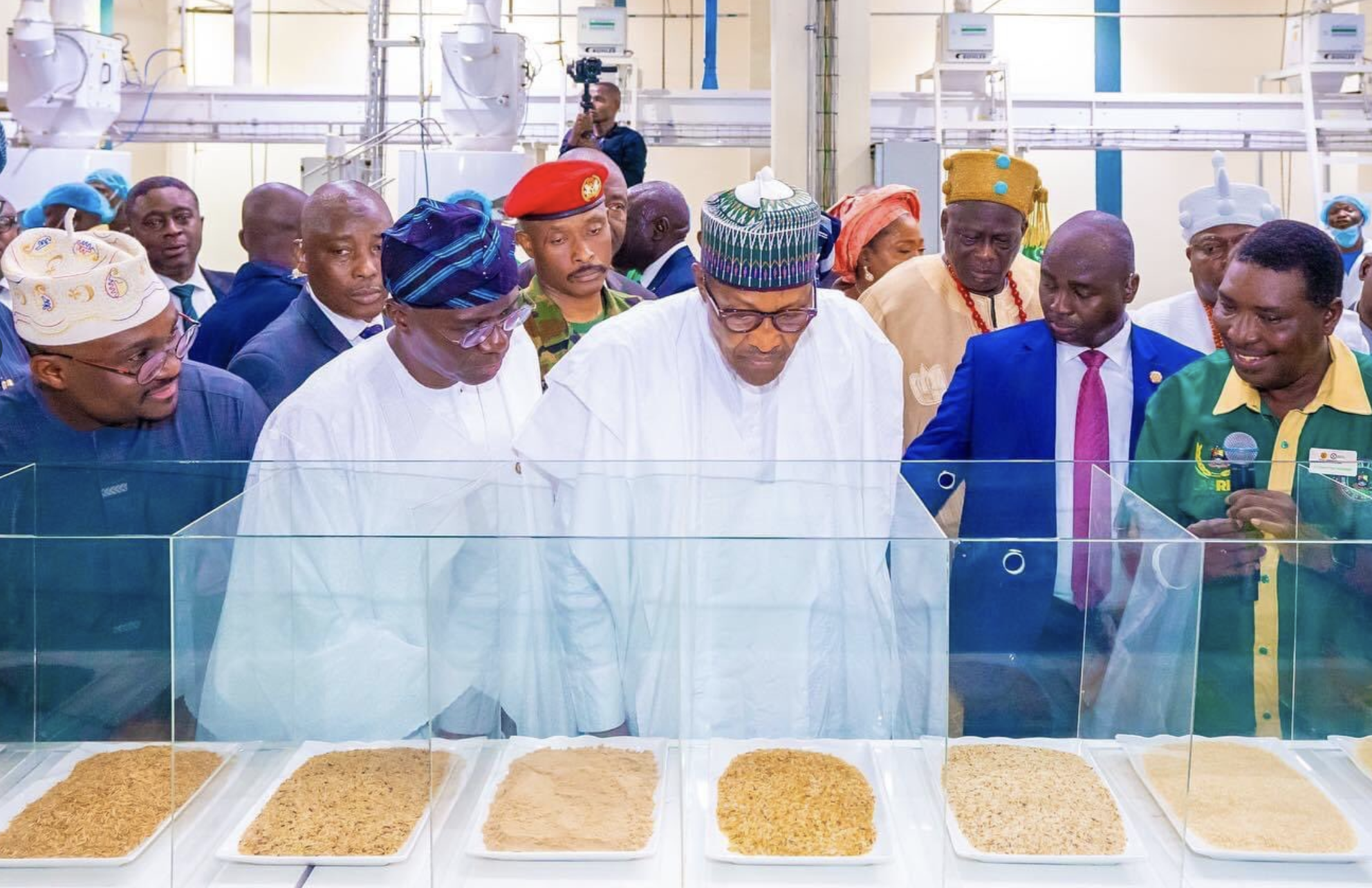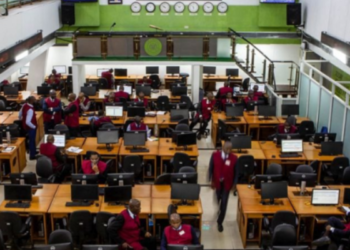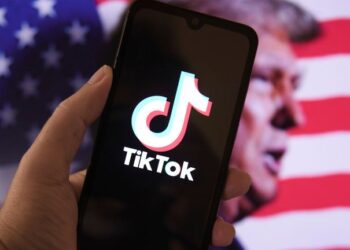On Monday, January 23, President Muhammadu Buhari commissioned the Imota Rice Mil and Lekki Deep Sea Port in Lagos state.
According to a January 23 statement by Femi Adesina, the Special Adviser of Media and Publicity to the President, the Imota Rice Mill was conceptualized and completed by Governor Babajide Sanwo-Olu of Lagos State.
Adesina also wrote that Nigeria’s Minister of Transportation, Muazu Sambo noted that the commissioning of the Lekki Deep Sea Port, was made possible by the expedited manner the President handled all requests made by the Federal Ministry of Transportation concerning the project.
The Dangote Refinery will reportedly go into production in 2023.
All three projects are set to increase Nigeria’s energy, agriculture and trade capacities, creating jobs and adding to economic growth.
However, the unreliability of grid power in the country means these projects have to depend on self-generation to power the facilities without interruptions. This is why all three projects will be run using independent power projects (IPPs).
Power supply at the Imota Rice Mill: The 32-metric tons per hour Lagos Rice Mill which is located in Imota local government area in Ikorodu, is a two x 16 metric tons per-hour mill located on 8.5 hectares of land, with an annual paddy requirement of over 240,000 metric tons to produce 2.5 million bags of 5OKg rice per annum.
- The rice mill is regarded as the largest mill in Africa and the third-largest mill in the world and as such requires steady power to run optimally.
- In this report by Channels Television, it was stated that all the facilities at the rice mill will rely on an independent power plant for steady power.
- The requirement for the rice mill is 4 megawatts (MW) at full capacity and though currently on the grid, depends on independent power for uninterrupted production of rice.
- The rice mill also has backup generators for the IPP.
- According to Kolade Folajimi, a Senior Civil Engineer, the husk from the paddy will be used to power the boiler, where steam is generated to power the parboiling plant.
What about the Lekki Deep Sea Port: The Infrastructure Concession Regulatory Commission (ICRC) says that the newly inaugurated Lekki Port is the first deep sea port in Nigeria and the deepest port in West Africa.
- The ICRC calls the Lagos-based project a success story for Public-Private Partnerships in Infrastructure Development in Nigeria and is expected to contribute over $361 billion in economic impact expected in 45 years.
- According to information from Clearing and Forwarding Nigeria, powering the facilities at the port will come from a 30 MW dedicated power plant and a 10 MW emergency power plant as a backup to ensure 24-hour operations.
- Nairametrics cannot confirm if any part of the facility is currently connected to grid power.
Power supply at the Dangote Refinery: The Dangote Refinery is almost complete and reports suggest the facility will begin operations in the first quarter of 2023.
- The refinery is a 650,000 barrels per day (bpd) integrated refinery project under construction in the Lekki Free Zone near Lagos state.
- The refinery will be powered by a 570 MW Independent Power Plant (IPP). To put this into perspective, the power requirement of the refinery is about 15% of the average power generated on the grid today.
- According to reports, the power infrastructure for the Dangote refinery includes the construction of eight gas turbines and four steam turbines combined for a total of 570 MW of power generation.
- Each of the eight gas turbines is capable of generating 34.5 MW/110 tons per hour of steam.
What this means: Despite recording some progress in recent years in the power sector, Nigeria’s grid power generation is not adequate for powering large-scale industrialization in the country.
- Reliance on independent power will likely be the case for most manufacturing firms with production outputs that require an uninterrupted power supply.
- Unfortunately, this does augur well for a sector whose model relies on mega manufacturers to take on grid power driving down costs with economies of scale.
- The implication is that the cost of electricity generation will remain high for years to come since most of the power required to drive down cost, is generated independently.




















I hope the power requirements will help the surrounding environment. As from Eleko to Idasho have yet to witness electricity in the last 3 years. Yes I said 3 years!